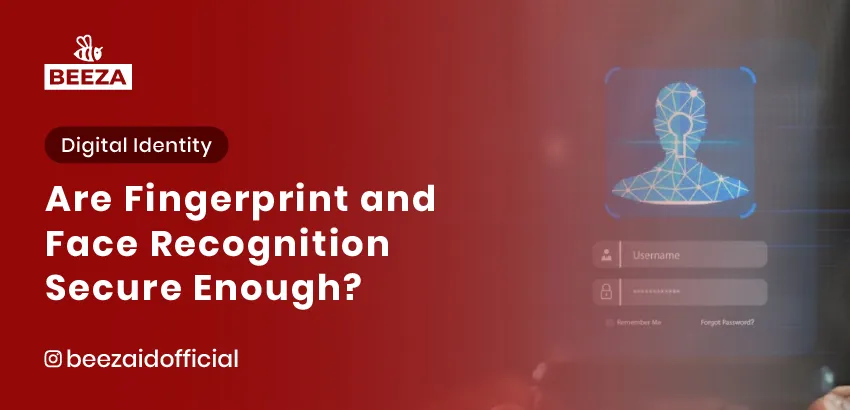
Introduction: Biometrics in eKYC
In the digital era, biometric technology such as fingerprint scanning and facial recognition has become an essential part of electronic Know Your Customer (eKYC) systems. This technology offers convenience and speed in identity verification. However, are current biometric systems truly secure from hacking and misuse? This article explores the security challenges of biometrics in eKYC and solutions to enhance its security.
Security Challenges in Biometrics for eKYC
1. Theft and Misuse of Biometric Data
Biometric data is unique and cannot be changed like a password. However, if this data is stolen, the risk is significant because it cannot be replaced like a password reset. There have been cases where millions of users’ fingerprint data were leaked due to security breaches.
2. Spoofing and Deepfake Attacks
Deepfake technology is becoming increasingly sophisticated and can be used to manipulate a person’s images or videos, potentially deceiving facial recognition systems. Spoofing attacks, such as using photos, videos, or silicone fingerprints, also pose threats to biometric systems.
3. Accuracy Limitations and Algorithm Bias
Biometric systems can experience recognition errors due to variations in lighting conditions, facial angles, or sensor quality. Some systems also exhibit bias against certain racial or gender groups, leading to inaccurate identity verification.
4. Regulations and Data Privacy
Strict data protection regulations such as GDPR and the Personal Data Protection Act (PDPA) increasingly govern the use of biometric data. Companies implementing biometric-based eKYC must ensure user data is managed securely and in compliance with regulations.
5. System Vulnerabilities and Cybersecurity Threats
Hackers are continuously finding new ways to exploit vulnerabilities in biometric systems. Cyberattacks such as database breaches, man-in-the-middle attacks, and malware injections can compromise biometric authentication systems, leading to unauthorized access.
Solutions to Enhance Biometric Security in eKYC
1. Encryption and Tokenization of Biometric Data
Biometric data should be encrypted before being stored to prevent unauthorized access. Tokenization can also replace actual biometric data with randomized data that hackers cannot exploit.
2. Liveness Detection Technology
Liveness detection ensures that biometric data comes from a real, living individual rather than a manipulated image or video. This technology can detect facial expression changes, eye movement, or responses to light.
3. Multi-Factor Authentication (MFA)
Combining biometrics with additional authentication methods, such as OTP codes or device-based authentication, can enhance security. With MFA, even if one security factor is compromised, other factors remain in place to protect user accounts.
4. Blockchain for Data Security
Blockchain can be used to store and secure biometric data in a decentralized network. With this technology, data is more challenging to manipulate or access by unauthorized parties.
5. Regular Security Audits and Compliance Standards
Companies implementing biometric-based eKYC should comply with security standards such as ISO 27001 and ensure transparency in biometric data usage. Regular security audits are also necessary to prevent potential security gaps.
6. Advanced Artificial Intelligence (AI) for Fraud Prevention
AI-powered fraud detection can analyze biometric data patterns and identify anomalies that may indicate fraudulent attempts. Implementing machine learning models that continuously improve over time can enhance fraud prevention capabilities.
7. User Awareness and Education
End-users should be educated about biometric security risks and best practices, such as not sharing biometric data and using secure platforms. Awareness campaigns can help users protect their identities and prevent fraud.
Conclusion
Biometric technology such as fingerprint and face recognition has improved eKYC efficiency, but security challenges must be addressed. By implementing encryption, liveness detection, MFA, blockchain, AI-driven fraud detection, and compliance with regulations, biometric systems in eKYC can become more secure. Companies adopting this technology must continuously update their security systems to stay ahead of cyber threats.
🔹 Want to ensure your eKYC system is more secure and reliable? Contact Beeza now for the best biometric solutions and optimal data protection! 🚀